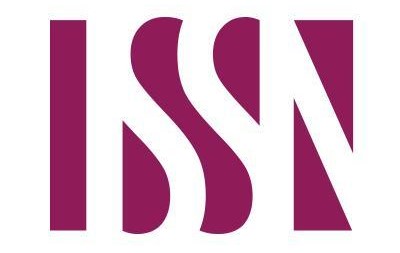The effect of a training device (Jump Trainer) on developing some physical abilities and the 100m performance for juniors
Main Article Content
Abstract
This study aimed to identify the effect of a training method on developing certain physical abilities in the 100m sprint. The researchers used an experimental approach, and the study sample consisted of four junior athletes from the specialized athletics school, all trained in the 100m. A training program was developed and implemented for eight weeks. The researchers' main conclusion was that using the Jump Trainer, which they developed, was effective in improving the athletes' physical abilities in the 100m sprint. The recommendations include the necessity of using this training method in training programs to develop specific physical abilities for this event across different age groups.
Article Details

This work is licensed under a Creative Commons Attribution-NonCommercial 4.0 International License.
References
Abdul Ali, N., & Qasim, H. H. (1978). Strength Training (1st ed, p. 160). Arab House for Printing.
Abu Al-Ala, A. F. (2012). Contemporary Sports Training (1st ed, p. 197). Dar Al-Fikr Al-Arabi.
Al-Shouk, N. I., & Rafeh, S. (2004). A Researcher’s Guide to Writing Research Papers in Physical Education (p. 89). University of Baghdad.
Al-Sukkari, K. I. (1996). The Use of Medicine Balls in Training Programs for Throwing Competitions (p. 85). Regional Development Center, Athletics Bulletin.
Al-Tarfi, A. S. (2013). Applied tests in physical education-physical-motor–skill. Baghdad, Al-Nour Office.
Anad, G. A. B. (1999). A comparative study of the effect of plyometric training and weight training on performance in the long jump and some anthropometric qualities [PhD thesis]. University of Mosul.
Atheer, S., & Aqeel, T. W. (1980). Modern Circular Training (p. 20). Alaa Press.
Dakhil, Y. A. E. A. (2024). The effect of resistance exercises in an aquatic environment on some physical variables and the achievement of the 100-meter freestyle running. Journal of Studies and Researches of Sport Education, 34(4). https://doi.org/10.55998/jsrse.v34i4.800
Dhafer, H. A.-K. (2012). Scientific Applications of Writing Educational and Psychological Letters and Dissertations: Planning and Design (p. 137). House of Books and Documents.
El-Din, T. H., Khater, S. A. R., Mohamed, M. K., & El-Din, W. S. (1997). The Scientific Encyclopedia of Sports Training. Dar Al-Ketab Al-Hadeeth, Cairo.
Mukhlif, M. M., Asil, F. H., & Shallal, M. H. (2019). The Effect of Using Competitive Exercise in Motor Fitness and Speed of Transition for Football Players (Junior Class). Indian Journal of Public Health Research & Development, 10(10), 2410. https://doi.org/10.5958/0976-5506.2019.03221.2
Nahida, M., Qusai Ali, & William AliWilliam. (2018). the effect of exercises using rubber ropes and water resistance on the ability to withstand the strength and power characteristic of speed and to achieve the effectiveness of . Journal of Physical Education Studies and Research, 29(4). - https://scholar.google.com/citations?view_op=view_citation&hl=ar&user=VXWlUhQAAAAJ&citation_for_view=VXWlUhQAAAAJ:KlAtU1dfN6UC
Sarih, A. K. (1986). The extent of the effect of speed-strength on the level of achievement in the triple jump [Master’s thesis].
Taha, S. M. K. D. A. (2021). Hypoxic exercises by using (training mask) and its effect on the (PMA) and some physiological indicators and achievement for 1500m runners. Journal of Studies and Researches of Sport Education, 66.
Wajih Mahjoub. (2001). Principles of Scientific Research and Its Methods, (Dar Al-Manhaj for Publishing and Distribution, Ed.).





 IASJ
IASJ CC-BY-4.0
CC-BY-4.0 turnitin
turnitin ISSN
ISSN DOAJ
DOAJ Crossref
Crossref GoogleScholar
GoogleScholar Orcid
Orcid